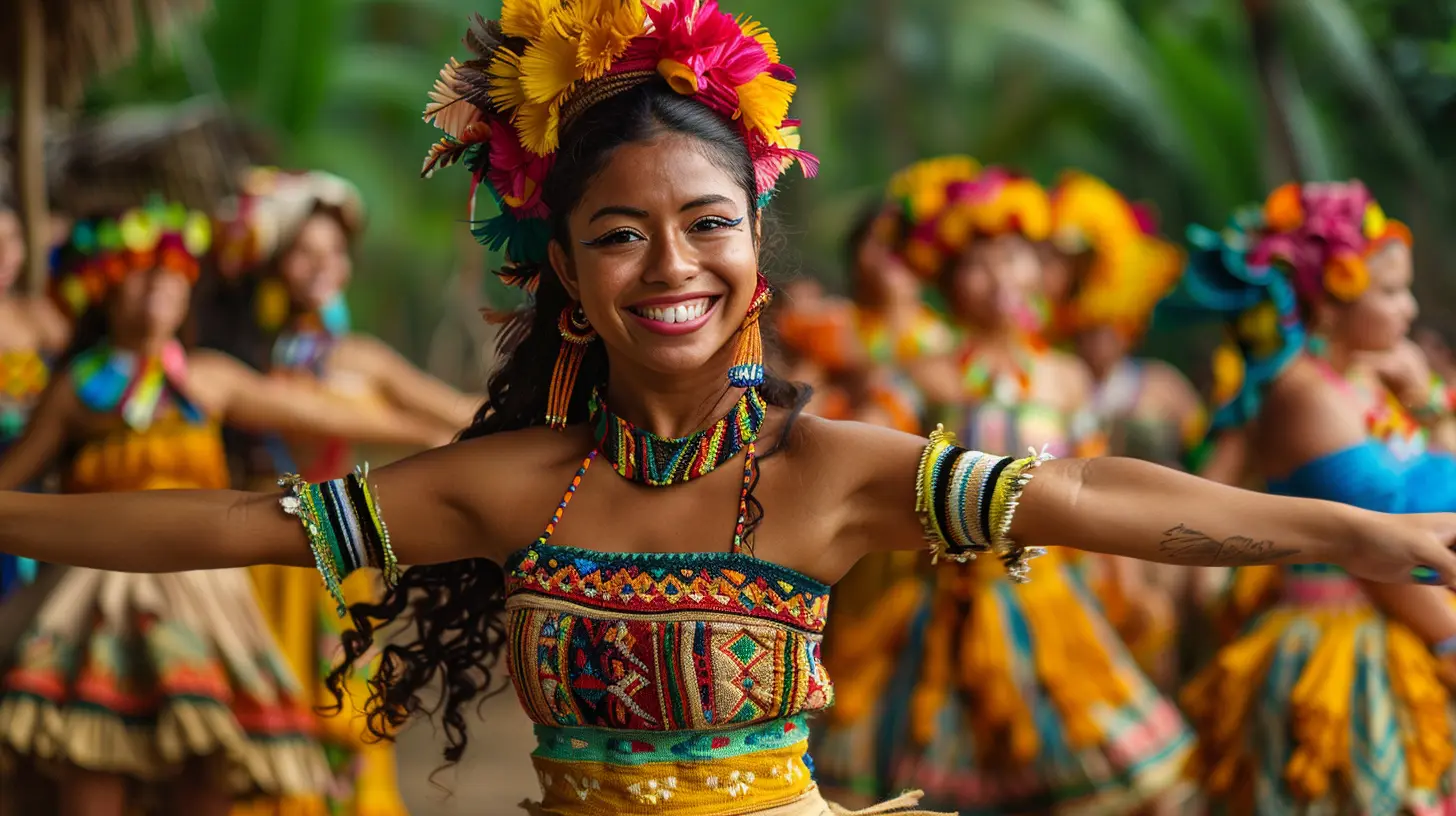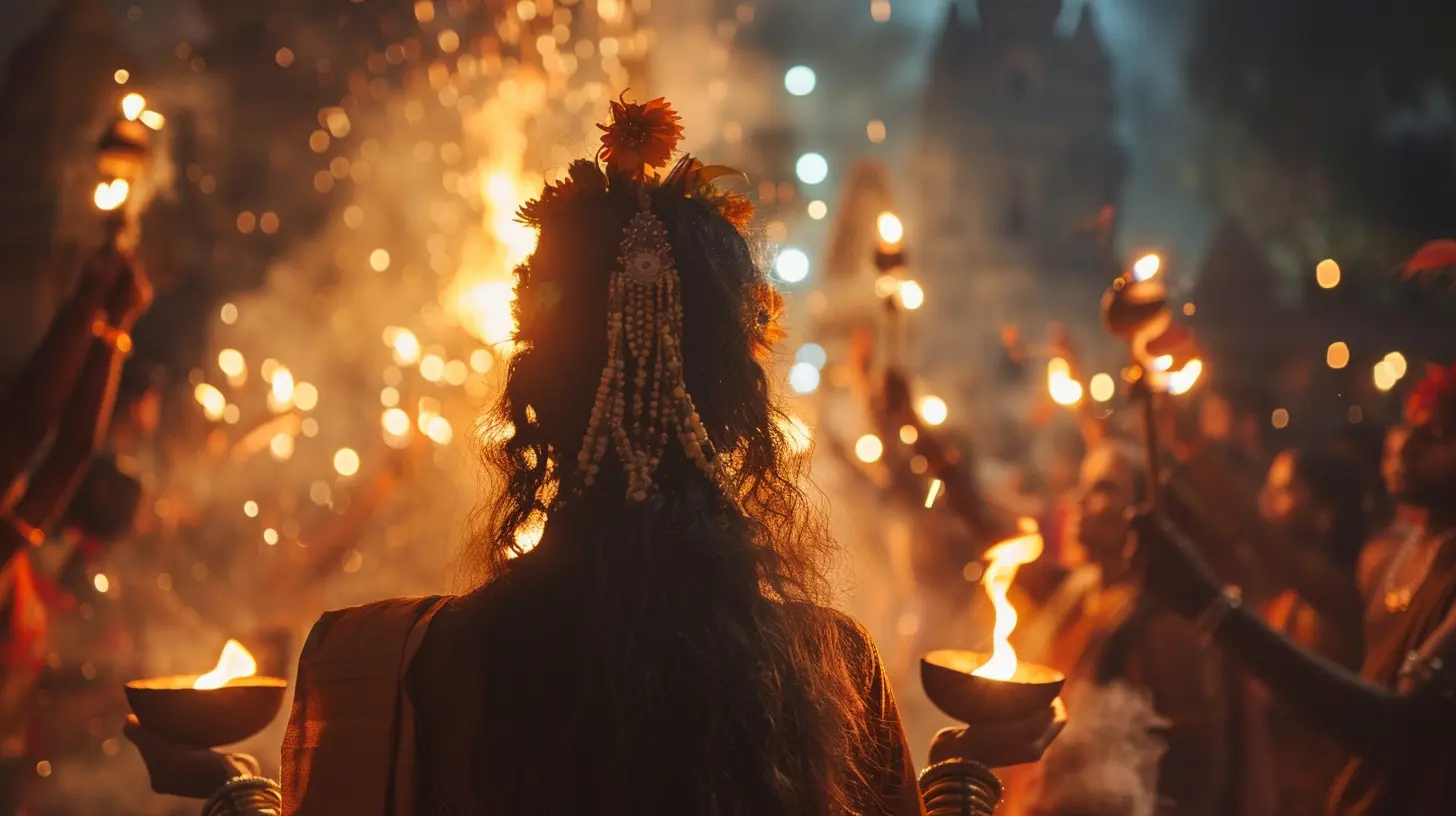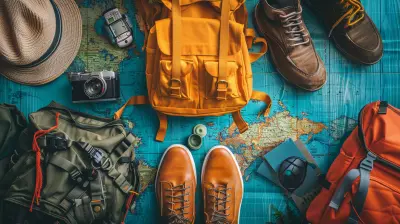The Importance of Storytelling and Oral Traditions in Festivals
30 July 2025
Festivals are more than just colorful parades, dazzling fireworks, and mouthwatering food. At their core, they are vessels of tradition, passing down stories from generation to generation. Ever wondered why every festival has a tale behind it? That’s because storytelling and oral traditions are the beating heart of these celebrations.
In this article, we’ll dive into why storytelling is a vital component of festivals and how oral traditions keep history, culture, and identity alive. 
The Power of Storytelling in Festivals
Stories have been humanity’s way of making sense of the world long before books, the internet, or even written language. Festivals wouldn’t exist without the stories that define them. Whether it’s a legend about a historical figure, a myth explaining the changing seasons, or a religious tale marking a sacred event, storytelling breathes life into these celebrations.Why Do Stories Matter?
Storytelling makes festivals meaningful. Imagine celebrating a festival without knowing why it exists—it would feel empty, right? Stories connect people to their past, giving them a sense of belonging and identity.Consider Diwali, the Hindu festival of lights. The stories of Lord Rama’s return from exile, the victory of good over evil, and Goddess Lakshmi’s blessings all add layers of meaning to the celebration. Without these stories, it would just be an excuse to light fireworks and eat sweets (not that we’re complaining about sweets!). 
Oral Traditions: The Original Wikipedia
Before books and the internet, oral traditions were the only way to pass down knowledge, history, and culture. In many cultures, festivals act as a stage for oral storytellers to share these traditions, ensuring they don’t fade into oblivion.How Oral Traditions Keep History Alive
Oral storytelling has a magical quality—it’s living history. It evolves with each generation, yet retains its essence. Elders pass down tales to younger generations through festivals, keeping traditions vibrant and relevant.Take the Native American Pow Wows, for example. These festivals are filled with storytelling, dance, and music that preserve the tribe’s history and values. The spoken word keeps ancient wisdom alive, giving younger generations a sense of identity and pride. 
Festivals as a Stage for Storytelling
Festivals don’t just tell stories—they perform them. Through folk theater, music, dance, and rituals, stories are brought to life in a way that books and screens simply can’t replicate.Folk Theater and Dance
Ever witnessed a festival play or performance that left you mesmerized? Many festivals showcase traditional theater, where mythological or historical stories are reenacted.For instance, Japan’s Noh and Kabuki, India’s Ramleela, and Indonesia’s Wayang Kulit (shadow puppetry) all bring sacred and historical tales to life in a way that captures the audience’s imagination. This is storytelling in its most immersive form!
Songs and Chants
Music is another powerful storytelling tool in festivals. Tribal chants, religious hymns, folk songs—they all carry stories, emotions, and traditions across generations.Carnival in Brazil, for example, isn’t just about extravagant parades. Samba schools prepare elaborate songs that narrate historical and cultural tales, making the entire festival a melodic storytelling experience. 
The Cultural Identity Festivals Preserve
A festival without its stories is like a book with missing pages. Storytelling in festivals maintains cultural identity, helping communities stay connected to their roots.Connecting Generations
Festivals act like a bridge between the past and the future. Older generations get a chance to relive and share their youth’s stories, while younger generations inherit these tales as their own.Think about Christmas traditions. The nativity story is retold every year, keeping the Christian faith and its values alive for the next generation. Similarly, the Chinese Mid-Autumn Festival is incomplete without the tale of Chang’e, the moon goddess.
Strengthening Community Bonds
Stories have the power to unite people. When communities come together to celebrate a festival, they aren't just having fun—they are strengthening their collective identity.Take Mexico’s Día de los Muertos (Day of the Dead). Families gather to share stories about deceased loved ones, keeping their memories alive. Without storytelling, this festival would just be about skull decorations and parades, losing its deeper connection to honoring ancestors.
The Evolution of Storytelling in Festivals
While oral traditions remain strong, the way people tell stories in festivals has adapted to modern times. With technology, storytelling now reaches a much wider audience.Digital Storytelling
Social media platforms, documentaries, and virtual storytelling have expanded how festival narratives are shared. Ever watched a YouTube vlog about a festival you’ve never been to? That’s storytelling in the digital age!For example, Holi—the festival of colors—has become a global phenomenon, thanks to videos and social media posts explaining its origins and significance. Even people who don’t belong to the culture can now understand and appreciate its rich history.
VR and Interactive Experiences
Imagine walking through a virtual reenactment of an ancient festival! With Virtual Reality (VR) and Augmented Reality (AR), some festivals are now incorporating digital storytelling into their celebrations.The Edinburgh International Festival, for instance, uses digital art projections to narrate the city’s mythical past, making history more engaging and accessible.
Why We Must Protect Oral Traditions
With globalization and modernization, oral storytelling faces the risk of fading away. If we don’t actively preserve these traditions, we might lose vital pieces of our cultural heritage.The Threats to Oral Storytelling
- Westernization – Many indigenous and traditional festivals are overshadowed by more popular, commercialized celebrations.- Lack of Interest – Younger generations are often more drawn to digital entertainment than listening to elders share stories.
- Language Loss – Many stories are passed down in native languages, and when those languages die, so do the stories.
How Can We Keep Storytelling Alive?
- Encourage Intergenerational Storytelling – Families should make it a tradition to share festival stories with children.- Support Traditional Storytellers – Many cultures have professional storytellers—keeping them and their art alive means keeping history alive.
- Integrate Oral Traditions into Digital Media – Use platforms like podcasts, YouTube, and blogs to share festival stories globally.
Final Thoughts
Storytelling and oral traditions are the soul of festivals. Without them, festivals would lose their depth and significance. They connect us to our past, shape cultural identities, and bring communities together in ways that nothing else can.So next time you participate in a festival, take a moment to listen to the stories behind it. Who knows? Maybe you’ll pass them down to the next generation, becoming part of the tradition yourself.
all images in this post were generated using AI tools
Category:
Cultural FestivalsAuthor:

Winona Newman
Discussion
rate this article
1 comments
Alice Becker
This article beautifully highlights how storytelling enriches festivals. It reminds us that sharing our stories connects us and preserves our cultural heritage.
August 2, 2025 at 2:20 AM

Winona Newman
Thank you! I'm glad you found the article resonant. Storytelling truly is at the heart of preserving our cultural heritage and fostering connection.


